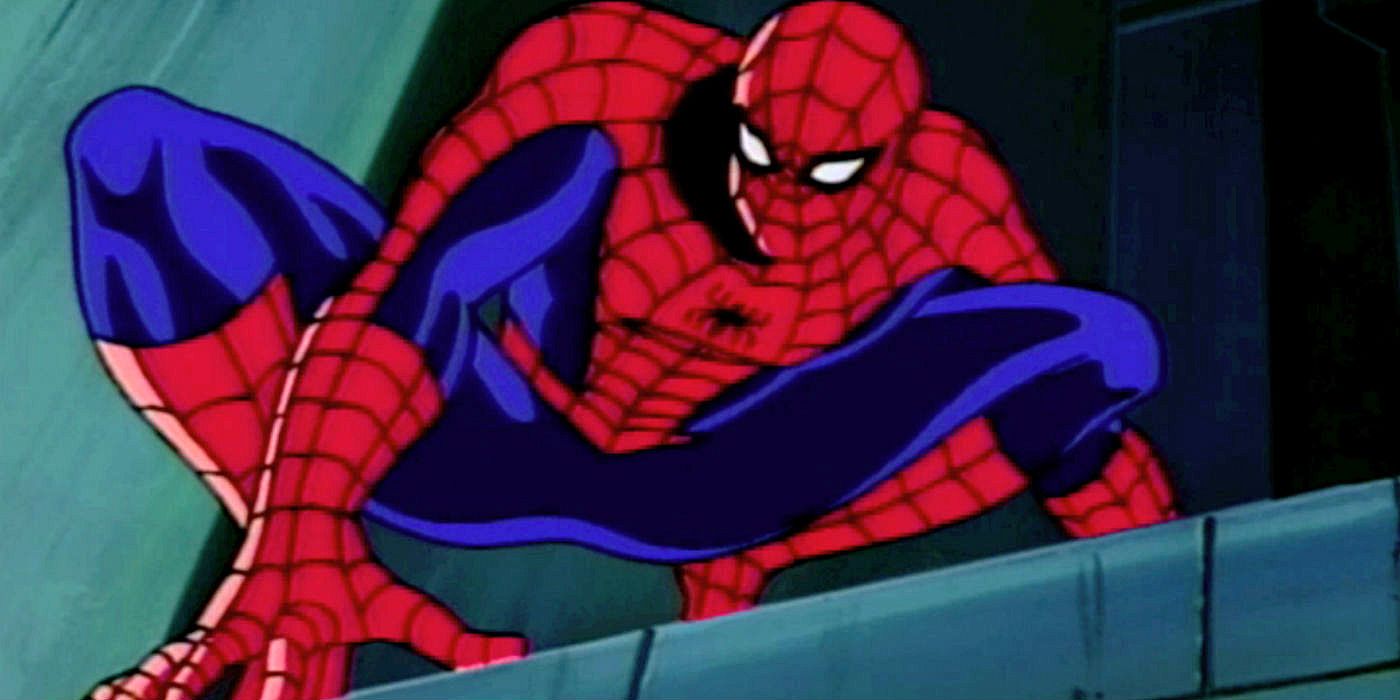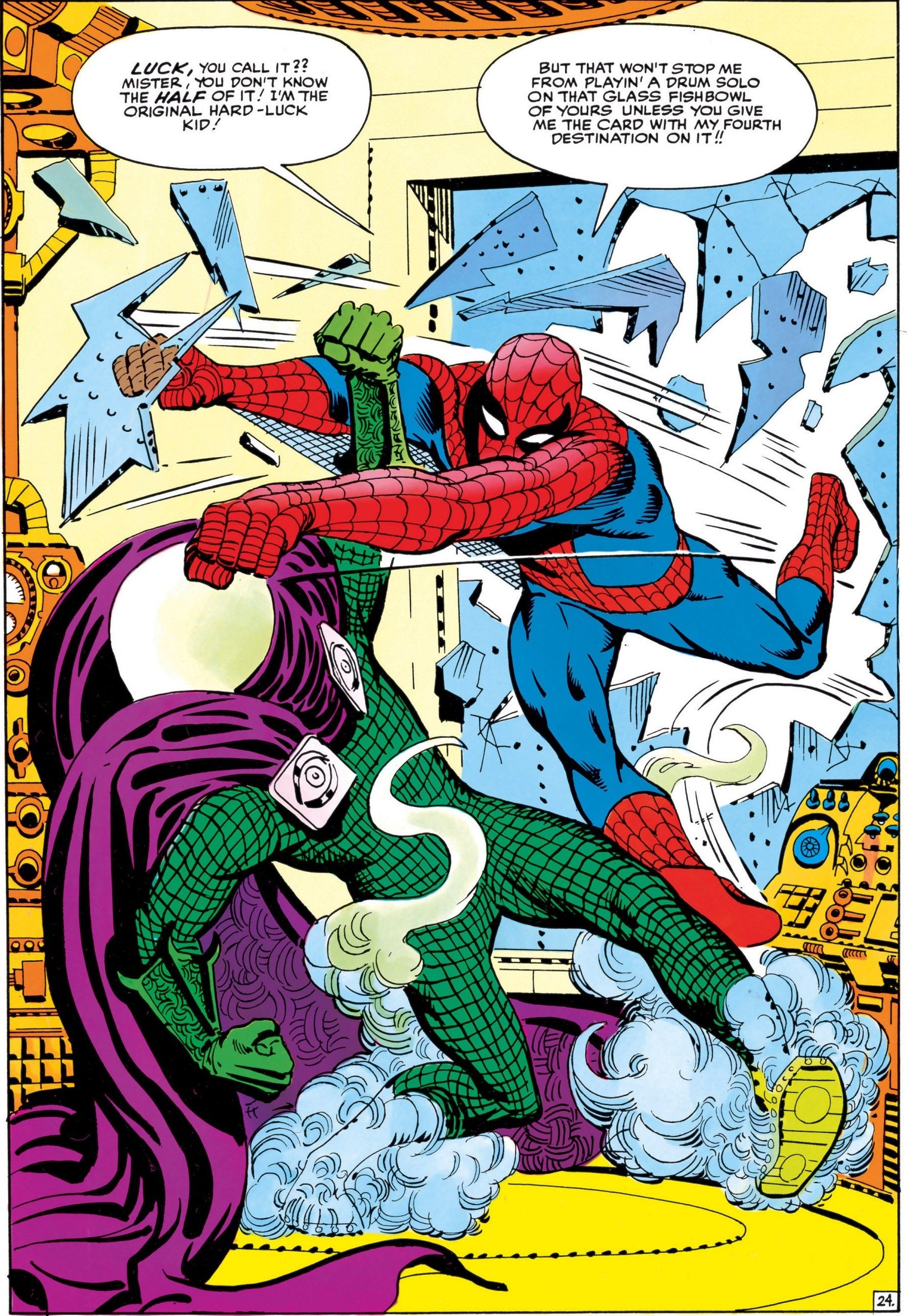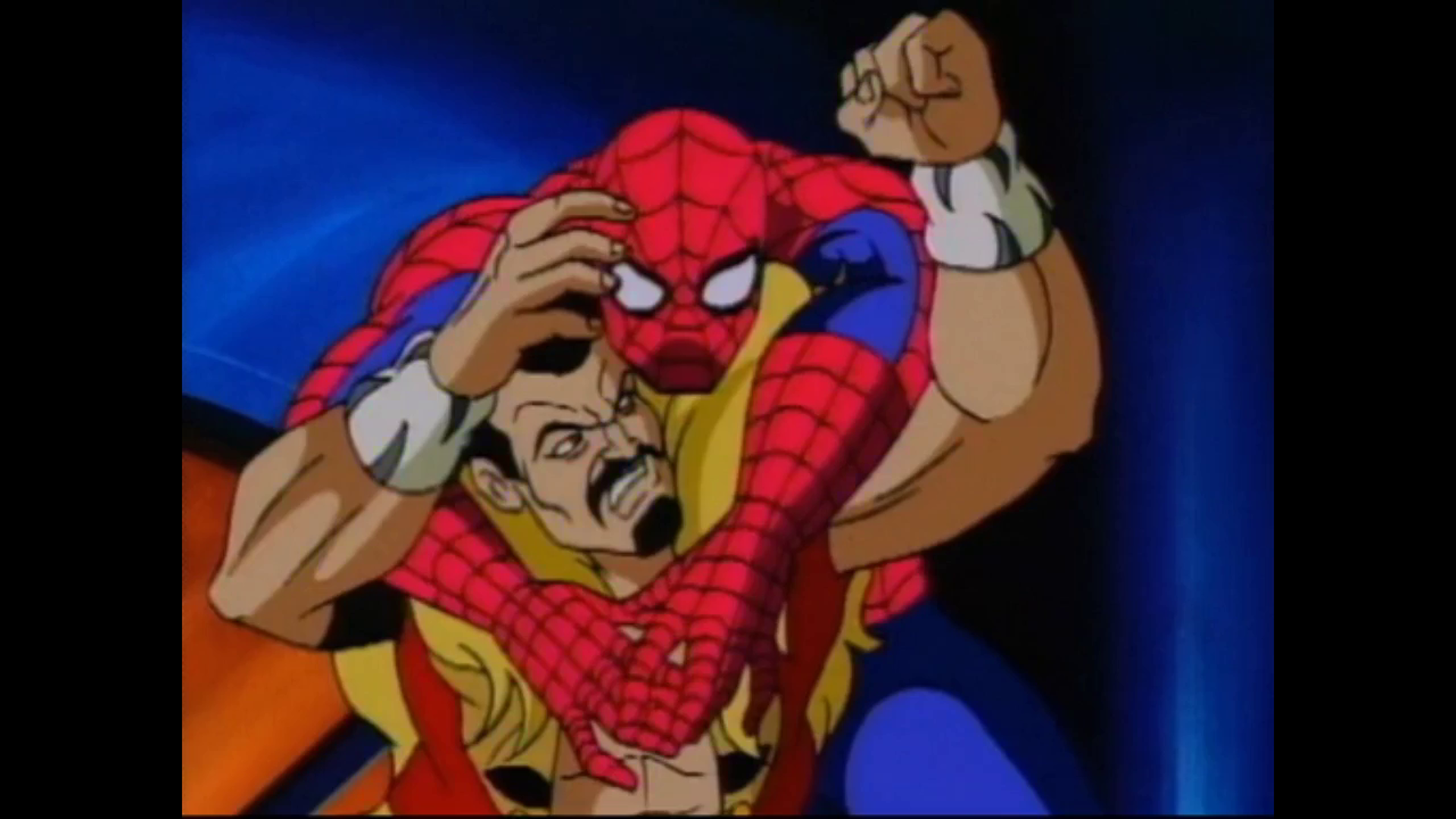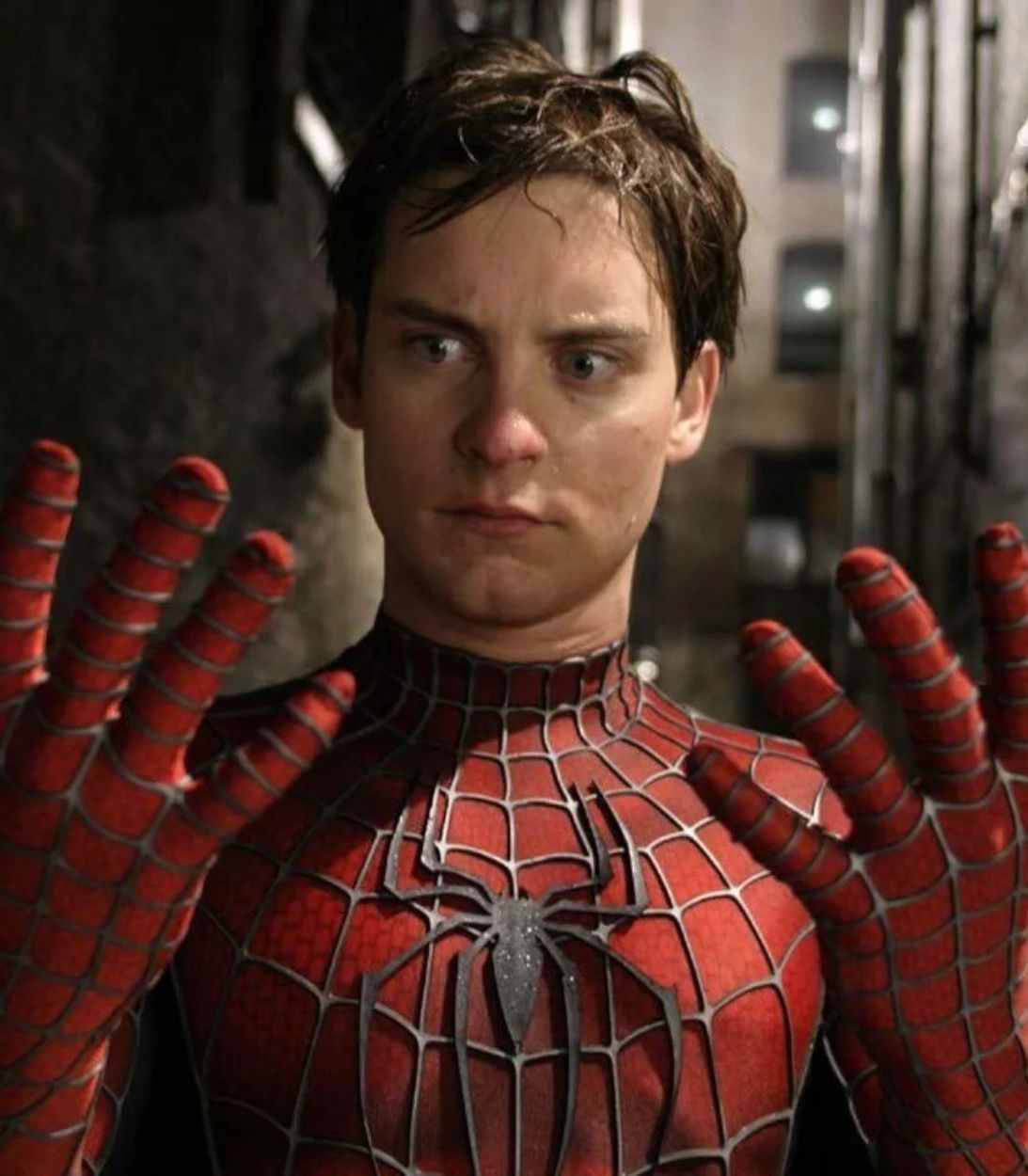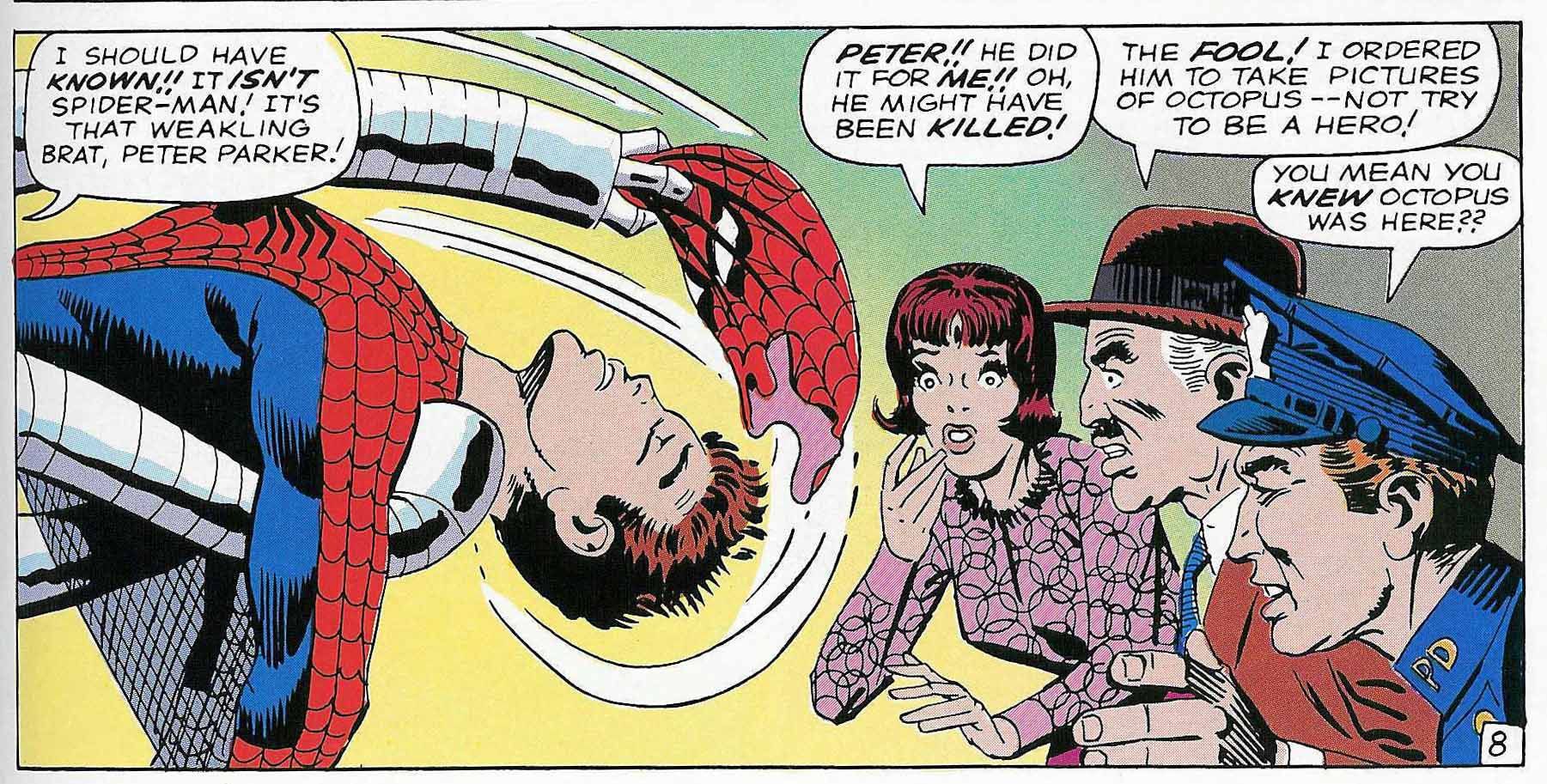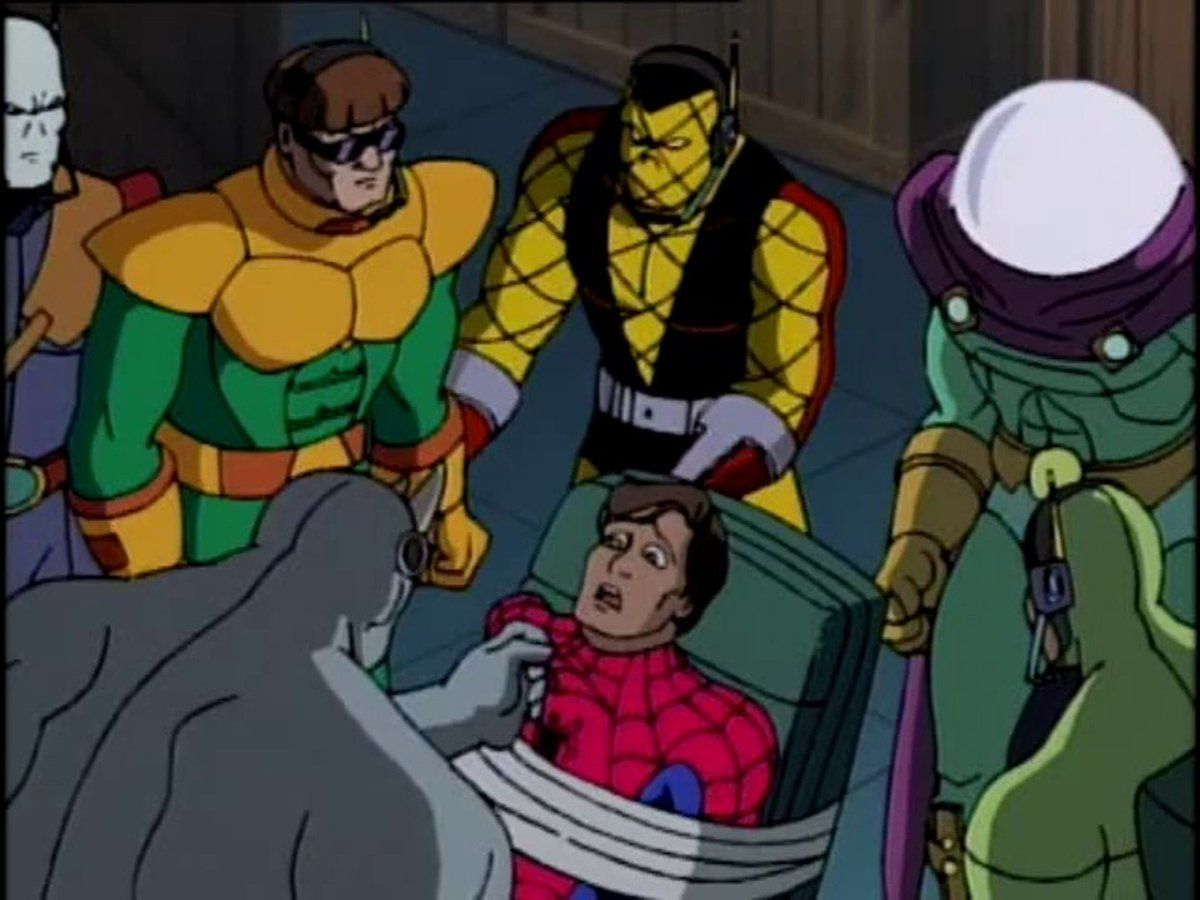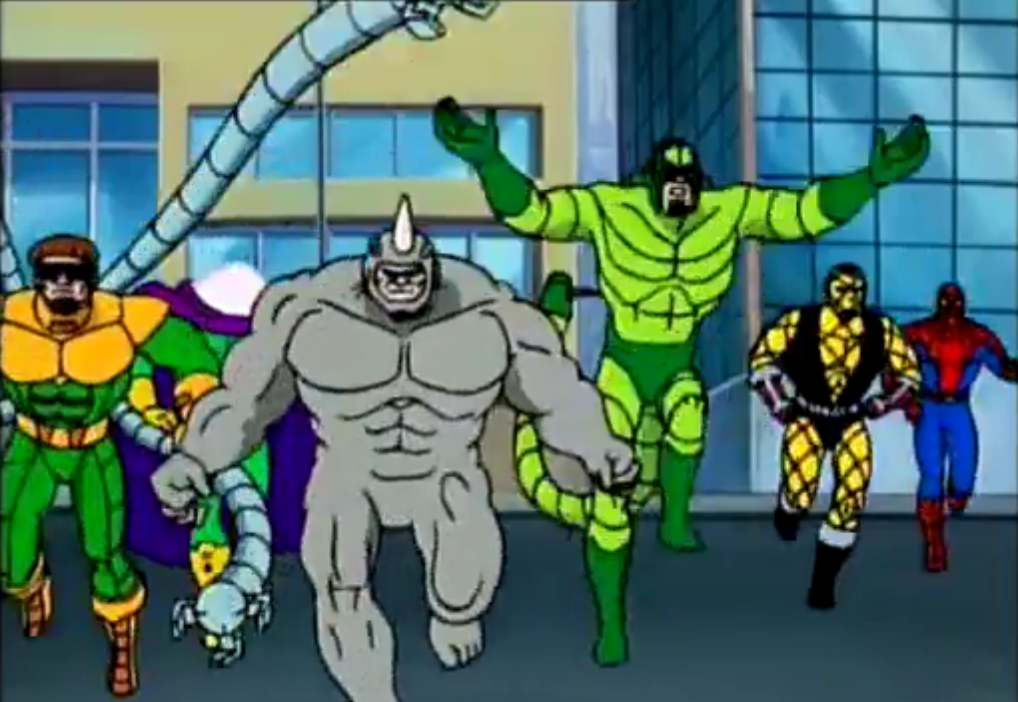Welcome to Adventure(s) Time's 128th installment, a look at animated heroes of the past. This week, we're revisiting the animated debut of the Sinister Six...though Spider-Man: The Animated Series saw fit to change the name of the deadly supervillain collective. And if you have any suggestions for the future, let me hear them. Just contact me on Twitter.
Introduced in 1964's Amazing Spider-Man Annual #1, the Sinister Six is traditionally a team-up amongst Spider-Man's deadliest opponents. The concept came from Dr. Octopus, recently freed from prison and determined to end the menace of Spider-Man. Ock contacted five of Spider-Man's established enemies (all highlights of the Stan Lee and Steve Ditko era, naturally): the Vulture, Electro, Kraven the Hunter, Mysterio and Sandman. Playing to the team's ego, Dr. Octopus hatched a plot that would give each of the villains personal glory, fighting Spider-Man individually, instead of together as a unit. This worked out as well as you'd expect.
Interestingly, the team was not revived until 1990's "The Return of the Sinister Six" storyline in Amazing Spider-Man. Writer David Michelinie was apparently a fan of the original story, crafting a sequel that paid homage to the Lee/Ditko annual, while updating the concept for modern readers. For example, Michelinie understood not having Spider-Man face the entire team together was a cheat and rectified it. Artist Erik Larsen returned the villains to their original Ditko designs, and the story was treated as the big summer event that year, running over six issues. It was a large success, returning the Six to readers' consciousness and paving the way for numerous new stories (and lineups) featuring the Sinister Six.
Debuting in 1994, Spider-Man: The Animated Series based much of its continuity on the original comics. In fact, producer John Semper has stated he requested from Marvel every Spider-Man comic published at that time to consult as research. Adapting the first Amazing Spider-Man annual was an obvious choice, as was selecting this two-parter to air as the second season premiere.
Airing in September 1995, "The Insidious Six" from writers John Semper, David Lee Miller and Doug Booth takes a noticeable amount of inspiration from the comics. The story's altered to fit the continuity of the show, naturally, so instead of Dr. Octopus crafting this scheme following a prison break, Kingpin instead arranges a breakout for all six members, forcing them to work under his command. There was one big issue, however, when adapting the original line-up: Over half of the villains had yet to appear on the animated series.
Kraven's exclusion makes some sense, given the show's canon. The first season established him as a noble hunter, driven mad by an experimental serum but ultimately saved through the actions of his love, Dr. Mariah Crawford. Electro and Sandman were still off-limits due to their assumed appearance in the upcoming Spider-Man film (still believed to be directed by James Cameron at this time). Vulture's exclusion is even more commercially motivated. The series was always conceived as a tie-in to the concurrent toyline, and Vulture hadn't been released as a toy yet, so he was excluded from the introductory season.
There was no shortage of villains (and toys) from that first year, however, so the line-up is filled with other opponents fans will easily recognize. The team, dubbed the Insidious Six, consists of Dr. Octopus, Chameleon, Scorpion, Shocker, Rhino and Mysterio. Half of these characters didn't exist when the original story was created. As for Chameleon, he goes back to the earliest days of the mythos, but was likely deemed not enough of a physical threat by his creators to be included with the team.
Season 2 is the first time Spider-Man had a season-long arc, an idea pushed by Semper. All Season 2 episodes have the prefix "Neogenic Nightmare," a reference to Spider-Man's development of a mutation disease. The first symptom debuts this episode, when he loses his grip when attempting to crawl up a building. Soon, he realizes his powers are vanishing.
The inspiration for his comes from the Lee/Ditko story, although there's a more prosaic explanation there. Spider-Man's powers are on the fritz because he's been thinking of his inadvertent role in Uncle Ben's death. The crisis of confidence causes his powers to disappear, and it's only when facing each Sinister Six member and surviving does he regain his self-assurance. Sam Raimi famously homaged this idea in Spider-Man 2.
So, the episode begins with Spider-Man partially losing his powers, just as Kingpin forms a collective to stop him. He survives his first encounter through a combination of craftiness and luck, in addition to the petty squabbling amongst the villains. Later, both Scorpion and Dr. Octopus decide to locate Spider-Man through his personal photographer, Peter Parker. They happen to arrive at the home he shares with Aunt May at the same time, where Ock demands he take the lead. Octopus is able to trick May into becoming their hostage by claiming to be Peter's doctor.
This is another moment inspired by the comic, though the circumstances aren't quite the same. The original story has May seeking out Peter's girlfriend (and Daily Bugle secretary) Betty Brant when Peter goes missing. The Sinister Six had already planned on kidnapping Betty as a means of drawing out Spider-Man, and ended up taking Aunt May for the heck of it. What both stories have in common is May's odd admiration for Dr. Octopus, who never reveals himself to her as a villain. (Writer Gerry Conway would draw on this years later when crafting a wedding between May and Ock.)
Another reference to Lee/Ditko comes during Spider-Man's rematch with the Six, when his poor performance leads to his unmasking. Amazing Spider-Man #12 featured a similar moment, with Octopus convinced the weakly teenager couldn't possibly be Spider-Man. Rhino suggests Peter dressed up as Spider-Man because he couldn't find the real hero. Ultimately, Peter's able to save himself by palming one of Mysterio's holographic cube devices and duping the villains.
The Six disband after losing faith in Kingpin, and Peter returns home and is greeted by Aunt May. MJ is also there, advancing their romantic subplot, and Peter has to play along with Ock's lie that he was being treated by the famous criminal May's never heard of. And there are numerous, numerous plot threads we can't get into here, like the animated debut of Morbius, Silvermane's attempt to grab power from Kingpin, a subplot teasing the upcoming debut of Vulture and a setup for an upcoming guest spot from the X-Men.
CONTINUITY NOTES
Scorpion's inability to remove his costume is a traditional plot point from the comics, and his previous appearance in "The Sting of the Scorpion." Yet in prison, he's out of costume, wearing prison grays. The Shocker, for some reason, does wear his costume in prison (under his prison uniform). Perhaps an animation model for "Civilian Shocker" was never designed.
APPROVED BY BROADCAST STANDARDS & PRACTICES
So what's the deal with the name change? Brian Cronin covered the topic years ago, citing the common belief that FOX censors felt "Sinister Six" was too intense for kids' TV, forcing producers to change the team's moniker. It's often pointed out that X-Men featured Mr. Sinister as a villain, though it's likely FOX grew more cautious following the backlash against the "violent" Power Rangers series. Semper also provided Brian with an alternate theory, though, indicating that since the lineup was so different from the traditional Sinister Six, renaming might've been his idea, leaving room open for a more traditional version to come later.
"AN INANE, ARACHNID ABERRATION SUCH AS YOU..."
The second season debut for Spider-Man is, to be frank, rough. The first season was solid; the CGI web-slinging sequences haven't aged well, and the digital colors were always a poor replacement for hand-painted cels, but most episodes had impressive animation from TMS and the stories were loyal adaptations of classic Spider-Man.
"The Insidious Six" foreshadows much of the show's problems following that first year. TMS is clearly outsourcing the animation now, creating awkward looking characters and clunky action. Animating numerous figures onsceen is difficult, but the solution this time was apparently to recycle as much footage from Season 1 as possible. This always sticks out, as the character models and animation quality are noticeably different now. (And for the rest of the show's run, the recycled footage never stops.) The story is also ridiculously busy, with the artful adaptations of Season 1 replaced by a seemingly arbitrary smashing together of different eras from the comic. Seriously, what the heck is Morbius doing here? And why does he never leave this series?
Amazing Spider-Man Annual #1 hasn't exactly aged that great, either. It's a gimmicky story that exists mainly to cycle through the book's most popular villains. It also exaggerates some characters to the point of ridiculousness (Aunt May's only concern in the story is condemning Peter's use of "awful slang" and missing The Beverly Hillbillies, while Jonah's briefly convinced he can communicate to Spider-Man by talking to spiders.) But, it's easy to understand why kids of the day loved it. Splash pages were rare at the time, but Ditko graces fans with a dramatic splash of Spidey facing each member of the Six. In a way, it's a celebration of the first two years of Amazing Spider-Man, likely not meant to be taken that seriously. Unlike the animated adaptation, its flaws are far easier to forgive.
Hey, my paranormal novel from Burning Chair, Love is Dead(ly), is now on Kindle Unlimited! Find out what happens when a cocky psychic finds himself trapped in the afterlife with the ghosts he's been chasing!

